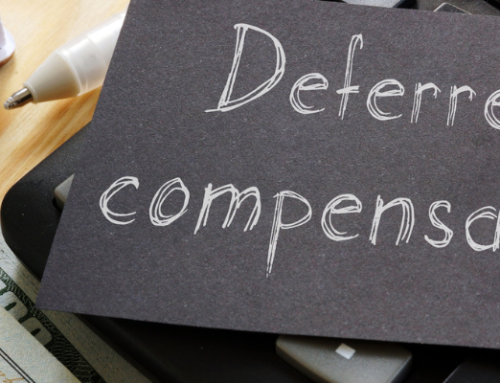A compliant accounting system is a must for government contractors. The questions (and more) we will address in this post include:
- What is an accounting system?
- What accounting system do government contracts require?
- What accounting standards apply to government contract accounting systems?
An accounting system for government contractors is composed of a general ledger, unallowable costs, job costing, labor collection, indirect cost allocation, and billing. An accounting system does not equate to accounting software; it is the process, including written policies and procedures.
Due to the Business System rules in 2011 established by the Department of Defense (DoD), two areas of Defense Contract Audit Agency (DCAA) focus have been Estimating Systems and Accounting Systems. To have a Compliant Estimating System you need a Compliant Accounting System.
DCAA uses SF1408 for pre-award evaluations as requested by the procuring contracting Officer through the Request for Proposal a contractor is bidding on. This pre-award survey is an assessment of the capabilities of the accounting system to account for costs on government contracts and comply with government procurement regulations, i.e. Federal Acquisition Regulation or FAR. The contractor has to comply when awarded the contract.
A compliant accounting system for government contracts must be in compliance with Generally Accepted Accounting Principles (GAAP). GAAP accounting principles are accounting guidelines for recording accounting transactions in a government contracting accounting system. The Financial Accounting Standards Board, or FASB, is the authoritative source on GAAP accounting principles.
Other areas that typically need to be in compliance as part of the SF1408 are:
- Proper segregation of direct and indirect costs
- An organized Chart of Accounts
- Job Cost Accumulation
- Recording and Accumulating Direct Costs
- A logical and consistent method for allocation of indirect costs to intermediate and final cost objectives
- An adequate timekeeping system that identifies employee labor by intermediate or final cost objective
- Timely determination of costs charged to contracts, at least monthly.
Proper labor recording is important since it is a major revenue contributor, with direct labor being the most costly contract expenditure. Also, there are inherent risks with labor recording as there is no third-party documentation to support it. This is why proper internal controls and review procedures are important. Manipulation of labor costs can bring criminal charges and result in fines and even imprisonment. The contractor should develop mandatory training programs and ensure adequate communication of policies to ensure employees are following compliant practices. This is also an area that is often subject to scrutiny by DCAA as inaccurate labor recording is seen as a significant risk.
Another area to focus on is Total Time Accounting as this is required by FAR 52.237-10 and preferred by DCAA. For salaried employees who work more than the typical standard hours, an effective hourly rate should be utilized rather than the standard hourly rate as this considers any areas of uncompensated overtime. This is an area that DCAA will typically focus on.
The SF1408 also requires that the accounting system provide financial information required by contract clauses concerning limitation of cost or limitation of payments.
FAR 52.232-20 – Limitation of Cost applies to cost type contracts and requires notification to the government when:
- The costs you expect to incur under the contract in the next 60 days, when added to all costs previously incurred, will exceed 75 percent of the estimated cost; or
- The total cost for the performance of the contract, exclusive of any fee, will be either greater or substantially less than previously estimated.
FAR 52.232-22 – Limitation of Funds. This clause places a requirement on you to notify the government when:
- You have reason to believe that the costs you expect to incur under the contract in the next 60 days, when added to all costs previously incurred, will exceed 75 percent of funds allotted to the contract; or
- Within 60 days of when additional funds are required to continue timely performance.
FAR 52.216-16 – Limitation of Payments.
This requires the contractor to submit to the government an established number of days after delivery of the last supplies or services:
- A detailed statement of all costs incurred up to the end of that month
- An estimate of the cost of any further performance required
- List of residual inventories and the estimated value
- Any other relevant facts required by the government
Written policies and procedures are the first thing auditors look for. If you do not have policies and procedures, you cannot have an adequate accounting system. They are the first line of defense against declarations of inadequacy and they provide consistency. It is important to set the correct tone at the top for these policies and procedures and to ensure that employees are properly trained, to ensure compliance.
An adequate compliant accounting system for government contractors will have an organized set of policies and procedures that are in compliance with GAAP and FAR.
Having a compliant accounting system ensures that you can be awarded Cost Reimbursable Contracts. It is important to understand all the requirements and to be proactive to ensure you set the right foundation for success.





